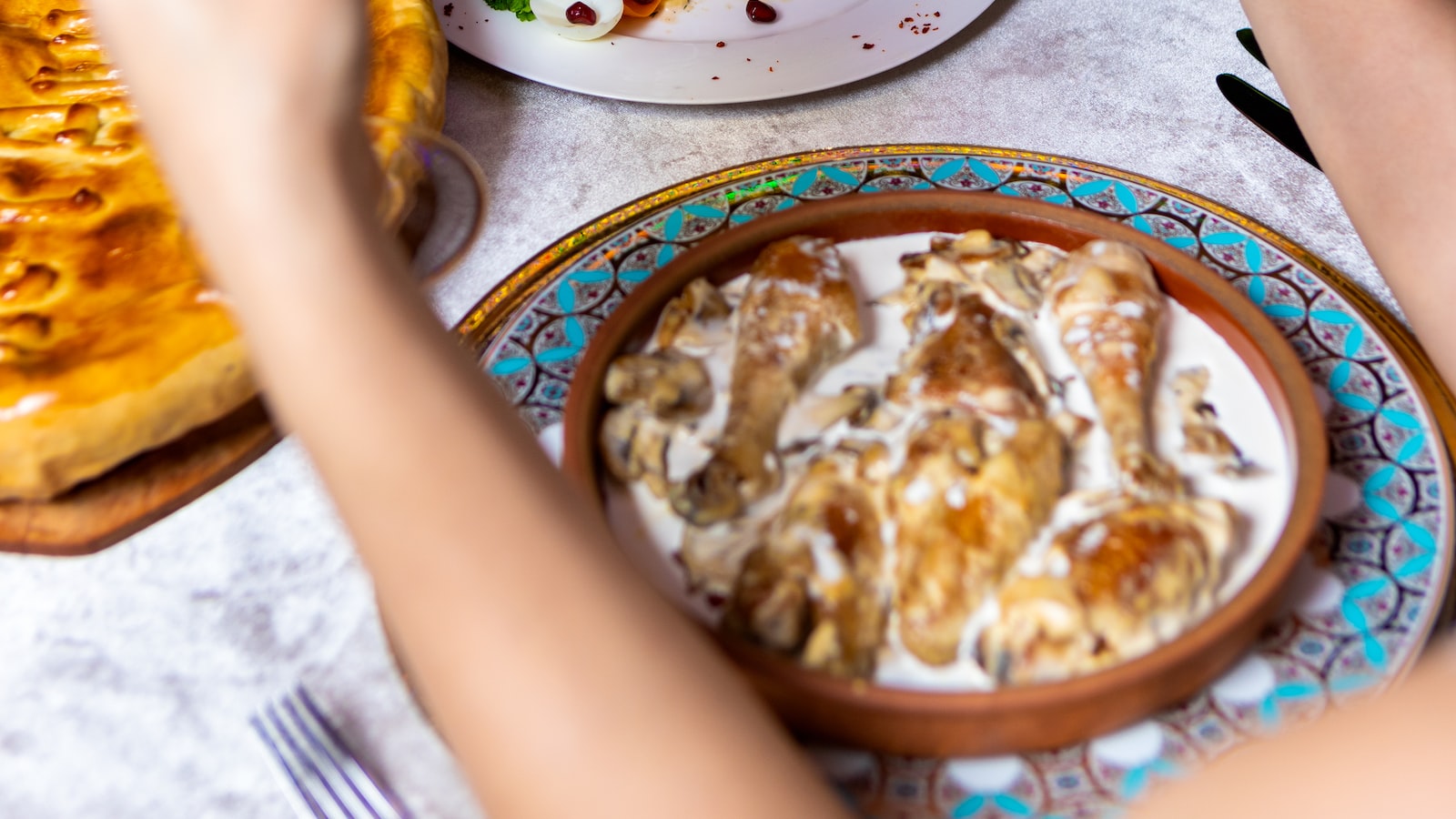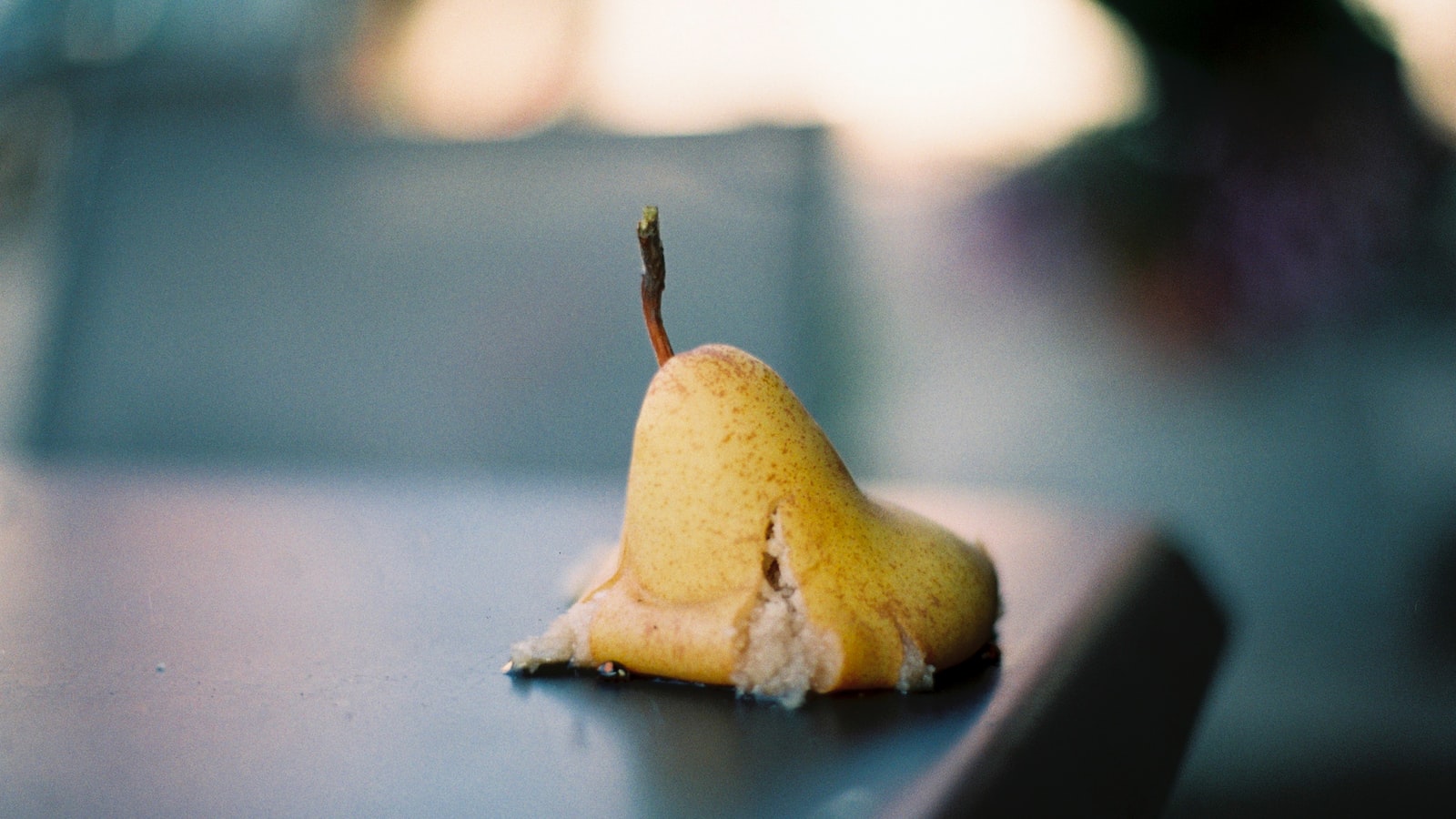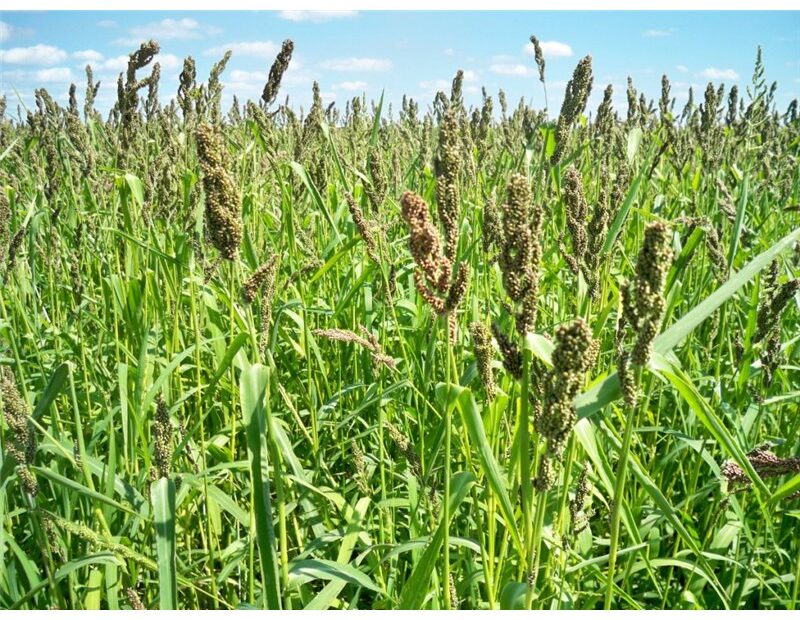In the realm of gardening lies a world full of possibilities, where each seed brings forth the potential for abundant harvests and flourishing landscapes. As we journey into this verdant universe, let us cast our eyes upon a humble yet remarkable grain – brown top millet. A versatile and resilient crop, brown top millet has captured the imagination of gardeners and farmers alike with its graceful allure and nutritious yields. Whether you aspire to enhance your garden’s aesthetics or seek to nurture the earth with bountiful biodiversity, this article will walk you through the mystical secrets of planting brown top millet. Brace yourself for a horticultural adventure that transcends the ordinary, as we delve into the enchanting world of brown top millet cultivation.
Choosing the Right Soil and Location for Planting Brown Top Millet
Soil
When it comes to planting brown top millet, choosing the right soil is crucial for the success of your crop. This versatile grain thrives in well-drained soil and prefers a pH level of 6.0 to 7.5. It is important to ensure that the soil is rich in organic matter and has good fertility. Before planting, consider conducting a soil test to determine any nutrient deficiencies or imbalances. Amend the soil accordingly, providing the necessary nutrients such as nitrogen, phosphorus, and potassium to promote healthy growth. Additionally, keep in mind that brown top millet is more tolerant to sandy soils compared to other millet varieties.
Location
Selecting the appropriate location for planting brown top millet is another key factor in achieving a successful harvest. This grain thrives in areas with full sun exposure, so make sure to choose a spot in your garden or field that receives at least 6 to 8 hours of direct sunlight daily. Avoid planting in low-lying areas that are prone to waterlogging as excessive moisture can negatively impact the crop’s growth. It is also recommended to plant in an area sheltered from strong winds, as they can damage the delicate millet plants. By carefully considering the soil and location, you can create an optimal environment for your brown top millet crop to flourish.
| Features | Tips |
|---|---|
| Well-drained soil | Amend soil with organic matter |
| Prefer pH level of 6.0-7.5 | Conduct a soil test before planting |
| Rich in organic matter | Provide necessary nutrients |

Best Practices for Preparing and Sowing Brown Top Millet Seeds
When it comes to planting brown top millet, there are certain best practices that can greatly increase the success of your crop. By following these guidelines, you can ensure that your seeds are well prepared and sown, setting the stage for healthy growth and bountiful harvests.
The first step in preparing brown top millet seeds is to ensure that they are of high quality and free from any impurities. You can achieve this by selecting seeds from a reputable supplier. Additionally, it is recommended to store the seeds in a cool and dry place to maintain their viability.
<h3>Features and Tips:</h3>
<table style="width:100%">
<tr>
<th><strong>Feature/Tips</strong></th>
<th><strong>Description</strong></th>
</tr>
<tr>
<td>Seed Soaking</td>
<td>Soak the brown top millet seeds in water for 12-24 hours before sowing to <a href="https://up-gardening.com/how-to-grow-hairy-balls-milkweed-from-seed/" title="How to Grow Hairy Balls Milkweed from Seed">improve germination rates</a>.</td>
</tr>
<tr>
<td>Optimal Soil</td>
<td>Brown top millet thrives in well-drained, fertile soil with a pH range of 6-7. Prepare the soil by removing weeds and loosening it with a rake or hoe.</td>
</tr>
<tr>
<td>Seeding Depth</td>
<td>Sow the seeds at a depth of 1-2 inches, ensuring proper coverage without burying them too deep.</td>
</tr>
</table>
<p>Once the seeds are prepared, it's time to sow them. Choose a suitable location for planting where the millet will <a href="https://up-gardening.com/what-flower-represents-freedom/" title="What Flower Represents Freedom">receive adequate sunlight</a>. Using a seed spreader or by hand, evenly distribute the seeds across the prepared soil. Make sure to maintain a proper spacing between the seeds to avoid overcrowding.</p>
<br>
<p>After sowing, lightly rake the soil to cover the seeds and press them gently into the ground. Water the area thoroughly, but avoid overwatering, as it can lead to rotting. It is crucial to keep the <a href="https://up-gardening.com/when-to-plant-pumpkin-seeds-in-michigan/" title="When to Plant Pumpkin Seeds in Michigan">soil consistently moist</a> during the germination period, which usually takes around 7-14 days.</p>
Essential Care and Maintenance Tips for Growing Healthy Brown Top Millet Plants
When it comes to planting brown top millet, obtaining a bountiful harvest requires proper care and maintenance. To ensure your millet plants thrive and yield vibrant grains, consider the following tips:
| Essential Features and Tips | |
|---|---|
| 1. Soil: | Choose well-draining soil that is rich in organic matter. Brown top millet prefers slightly acidic to neutral pH levels (between 6.0 to 7.0). |
| 2. Sunlight: | Ensure your millet plants receive full sunlight for at least six hours a day. This will promote proper growth and development. |
| 3. Watering: | Maintain consistent soil moisture but avoid overwatering, as excessive moisture can lead to root rot. Applying water at the base of the plant is recommended. |
Growing brown top millet requires regular attention to combat pests and diseases. Here are a few additional care tips to consider:
- Pest Control: Monitor your plants regularly for signs of pests such as aphids and armyworms. If detected, employ natural pest control methods or seek appropriate insecticides.
- Disease Management: Keep an eye out for common millet diseases like downy mildew or ergot. Using disease-resistant varieties and proper crop rotation techniques can help reduce the risk.
- Harvesting: Harvesting millet at the right time is crucial. Wait until the seedheads have turned golden brown and show no signs of green coloration.
By following these essential care and maintenance tips, you’ll be on your way to reaping a successful and healthy harvest of brown top millet, a versatile grain with many culinary uses.

Harvesting and Storing Brown Top Millet: Key Considerations and Techniques
Harvesting and Storing Brown Top Millet:
When it comes to cultivating your own brown top millet, proper harvesting and storing techniques are crucial for ensuring a successful yield. Brown top millet is a versatile and nutritious grain that can be used for a variety of purposes, such as animal feed, gluten-free flour, or even as a cover crop. To help you make the most out of your harvest, here are some key considerations and techniques to keep in mind:
Harvesting:
- Timing is everything! Wait until the millet heads turn golden brown and the stalks have dried before harvesting. This ensures that the seeds are mature and ready for harvest.
- To harvest, cut the stalks close to the ground using a sickle, scythe, or a sharp pair of shears. Be careful not to damage the grain heads in the process.
- Bundle together a handful of stalks and tie them with twine to create small sheaves. This makes it easier to handle and transport the harvested crop.
Storing:
- Dry the harvested millet in a well-ventilated area to reduce moisture content. Spread the sheaves thinly on clean, dry bedsheets or tarpaulins. Ensure that they are not exposed to direct sunlight to prevent the grains from overheating.
- Once the grains are thoroughly dried, thresh them to separate the seeds from the stalks. You can do this by gently beating the sheaves against a hard surface or using a mechanical thresher.
- Store the cleaned millet in airtight containers, such as food-grade buckets with secure lids, to protect it from moisture, pests, and mold. Place the containers in a cool, dark, and dry area to maintain its quality for an extended period.
| Features and Tips for Harvesting and Storing Brown Top Millet: | |
|---|---|
| Proper Timing: | Wait for mature golden brown heads and dried stalks before harvesting. |
| Bundling: | Create small sheaves by tying bundles of stalks together for easier handling. |
| Drying: | Thoroughly dry the millet in a well-ventilated area before proceeding to the next step. |
Frequently Asked Questions
Q: What’s the magic trick for planting brown top millet?
A: Abracadabra won’t cut it, but some good old-fashioned soil preparation is key!
Q: How do I make my brown top millet thrive like a superstar?
A: Shower it with nutrients, sunlight, and water, and watch it blossom into a millet rockstar!
Q: Can I handle the responsibility of growing brown top millet?
A: Of course you can! Just dive in, armed with patience, determination, and a sprinkle of green thumb, and you’ll be a millet master in no time! As we come to the close of this article on how to plant brown top millet, we hope that you have found it both enlightening and inspiring. With its vibrant golden hue and nutritional benefits, this humble grain promises to be a valuable addition to your garden or farm.
Remember, dear reader, that patience and attention to detail are the keys to a successful millet harvest. The journey from seed to stalk may require some labor, but the rewards will undoubtedly be worth it. From the first glimpse of those tender green shoots pushing through the soil to the satisfying rustle of mature spikes in the breeze, you will feel a profound connection to the very essence of nature.
As we bid farewell, think about the wonders of nature that lie within your grasp. The act of planting brown top millet is not just an act of cultivation; it is an intimate dance with the earth itself. It is a testament to the resilience and beauty of the natural world, and a chance to embrace the simple pleasure of growing your own food.
So go forth, fellow enthusiasts of the land, and embark on this millet adventure. Immerse yourself in the process, learn from the soil and the seasons, and revel in the bountiful rewards. Share your knowledge and experiences with others, as the collective wisdom of green thumbs can create an even brighter world.
As you plant those tiny brown top millet seeds, know that you are sowing much more than mere grains. You are sowing the seeds of self-sufficiency, sustainability, and a deeper connection to the earth. And with each successful harvest, you will witness the miraculous cycle of life unfold in your backyard or rural domain.
May your millet thrive and flourish, and may this newfound knowledge of cultivation bring you endless joy and fulfillment. Remember, the earth is generous, and it is our duty to embrace her gifts with open hearts and green-thumbed hands.
Wishing you the happiest of planting journeys, and may your brown top millet crop be a testament to your dedication, love, and reverence for the incredible world of agriculture.
- When to Put Weed and Feed on Lawn in Michigan - October 16, 2023
- When to Fertilize Potatoes Plants - October 16, 2023
- Can You Plant Clover in the Spring - October 16, 2023
Contents
- 1 Choosing the Right Soil and Location for Planting Brown Top Millet
- 2 Best Practices for Preparing and Sowing Brown Top Millet Seeds
- 3 Essential Care and Maintenance Tips for Growing Healthy Brown Top Millet Plants
- 4 Harvesting and Storing Brown Top Millet: Key Considerations and Techniques
- 5 Harvesting and Storing Brown Top Millet:
- 6 Frequently Asked Questions

